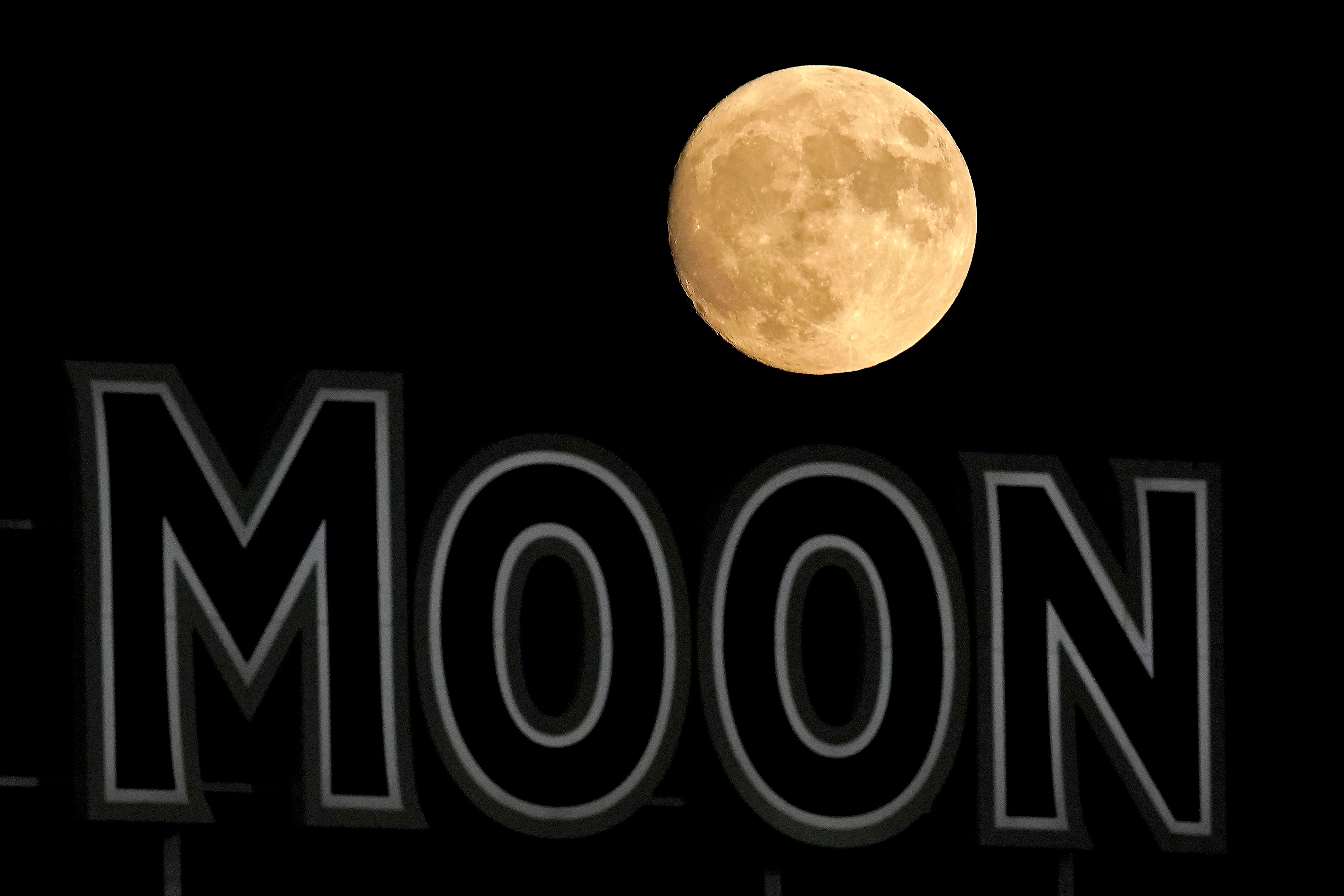What time is it on moon? Europe pushing for lunar time zone
With more lunar missions than ever on the horizon, the European Space Agency wants to give the moon its own time zone

Your support helps us to tell the story
From reproductive rights to climate change to Big Tech, The Independent is on the ground when the story is developing. Whether it's investigating the financials of Elon Musk's pro-Trump PAC or producing our latest documentary, 'The A Word', which shines a light on the American women fighting for reproductive rights, we know how important it is to parse out the facts from the messaging.
At such a critical moment in US history, we need reporters on the ground. Your donation allows us to keep sending journalists to speak to both sides of the story.
The Independent is trusted by Americans across the entire political spectrum. And unlike many other quality news outlets, we choose not to lock Americans out of our reporting and analysis with paywalls. We believe quality journalism should be available to everyone, paid for by those who can afford it.
Your support makes all the difference.With more lunar missions than ever on the horizon, the European Space Agency wants to give the moon its own time zone.
This week, the agency said space organizations around the world are considering how best to keep time on the moon. The idea came up during a meeting in the Netherlands late last year, with participants agreeing on the urgent need to establish “a common lunar reference time," said the space agency's Pietro Giordano, a navigation system engineer.
"A joint international effort is now being launched towards achieving this," Giordano said in a statement.
For now, a moon mission runs on the time of the country that is operating the spacecraft. European space officials said an internationally accepted lunar time zone would make it easier for everyone, especially as more countries and even private companies aim for the moon and NASA gets set to send astronauts there.
NASA had to grapple with the time question while designing and building the International Space Station, fast approaching the 25th anniversary of the launch of its first piece.
While the space station doesn't have its own time zone, it runs on Coordinated Universal Time, or UTC, which is meticulously based on atomic clocks. That helps to split the time difference between NASA and the Canadian Space Agency, and the other partnering space programs in Russia, Japan and Europe.
The international team looking into lunar time is debating whether a single organization should set and maintain time on the moon, according to the European Space Agency.
There are also technical issues to consider. Clocks run faster on the moon than on Earth, gaining about 56 microseconds each day, the space agency said. Further complicating matters, ticking occurs differently on the lunar surface than in lunar orbit.
Perhaps most importantly, lunar time will have to be practical for astronauts there, noted the space agency's Bernhard Hufenbach. NASA is shooting for its first flight to the moon with astronauts in more than a half-century in 2024, with a lunar landing as early as 2025.
“This will be quite a challenge" with each day lasting as long as 29.5 Earth days, Hufenbach said in a statement. "But having established a working time system for the moon, we can go on to do the same for other planetary destinations.”
Mars Standard Time, anyone?
___ The Associated Press Health and Science Department receives support from the Howard Hughes Medical Institute’s Science and Educational Media Group. The AP is solely responsible for all content.